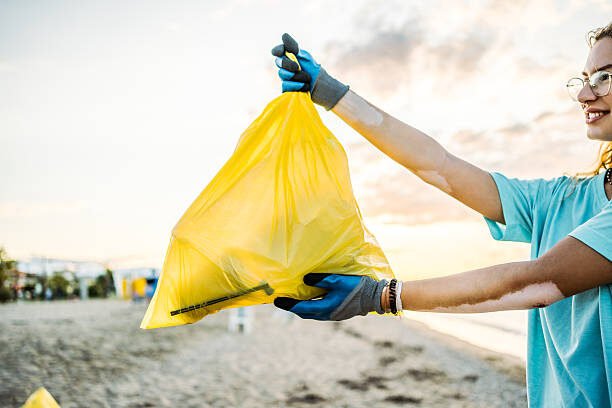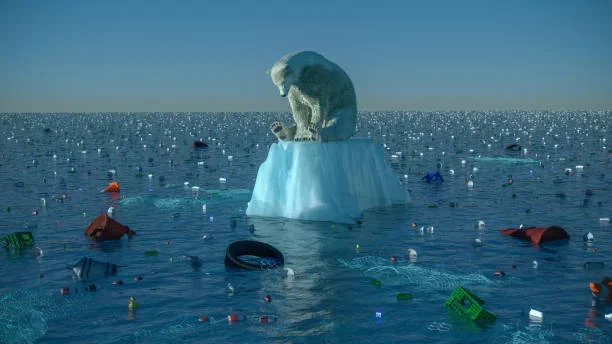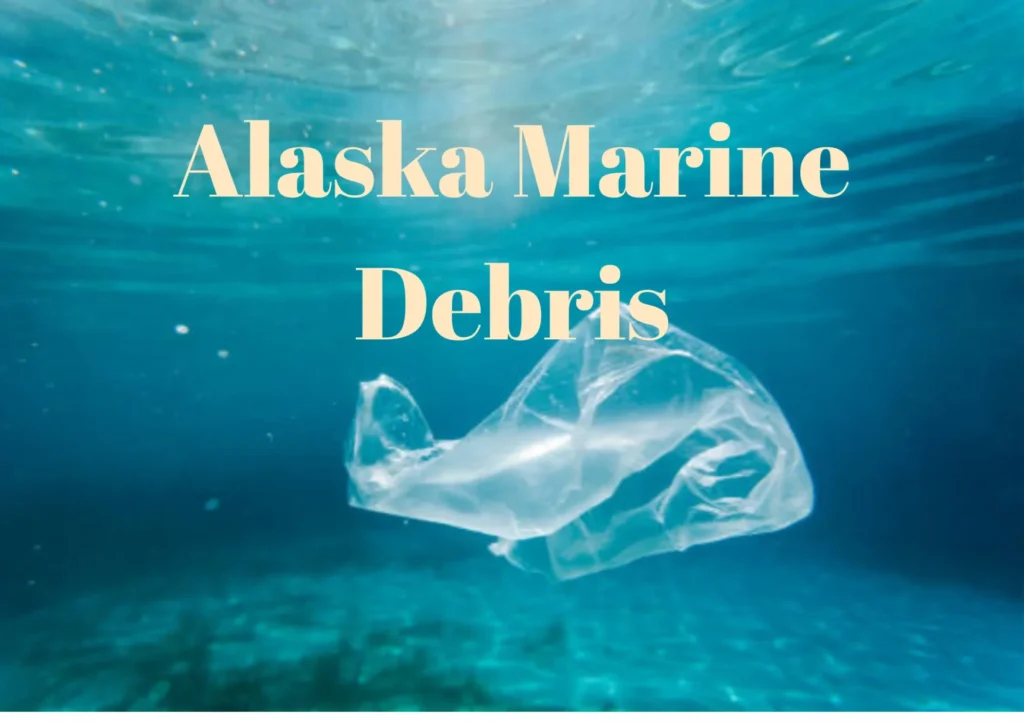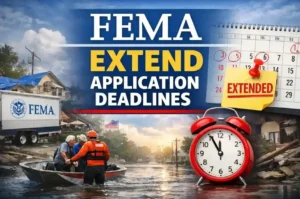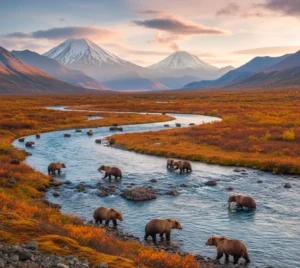You’d think Alaska, home to bald eagles, glaciers, and rugged wilderness, but stand on a beach in Prince William Sound or the Aleutian Islands, and you might see something unexpected: plastic bottles with foreign labels, massive fishing nets tangled in driftwood, and Styrofoam chunks buried in the sand.
Despite its isolation, Alaska’s 34,000 miles of coastline have become a global dumping ground. Marine debris is no longer a silent problem; it’s a growing crisis with worldwide fingerprints.
Why Is Trash Showing Up Here ?
It’s not Alaskans throwing garbage into the sea. The real culprit? Ocean currents, specifically the North Pacific Gyre, a swirling vortex of water that funnels floating trash from Asia, North America, and lost cargo ships straight to Alaska’s shores. Some of it even dates back to the 2011 tsunami in Japan, with debris still arriving more than a decade later.
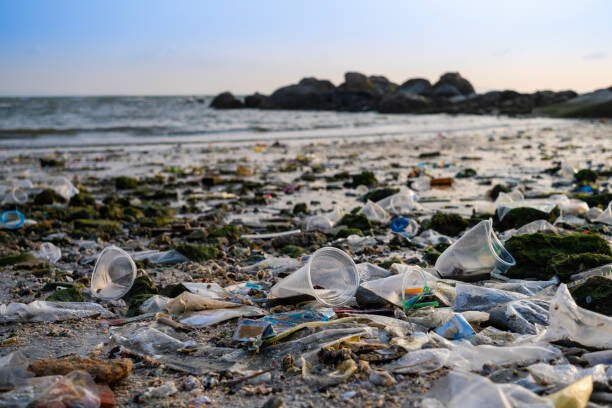
Nature Is Choking on It
One cleanup crew in 2023 found over 4,000 pounds of fishing rope on a single stretch of beach. That’s the weight of a pickup truck made entirely of ocean trash.
This isn’t just an eyesore; marine debris is deadly.

Whales
Whales have been found entangled in ghost nets.
Seabirds
Seabirds, like puffins and gulls, feed bits of plastic to their chicks, mistaking it for food.
Sea Lions
Sea lions get tangled in plastic loops that slowly strangle them over time.
Microplastics
Microplastics are turning up in the bellies of fish that end up on Alaskan dinner plates.
Who’s Cleaning It Up?
Groups like the Alaska Marine Conservation Council, Gulf of Alaska Keeper, and NOAA’s Marine Debris Program have spent years fighting this tide of trash. Local volunteers, Indigenous communities, and even schoolchildren join in beach cleanups, sometimes traveling to remote islands by bush plane or boat.
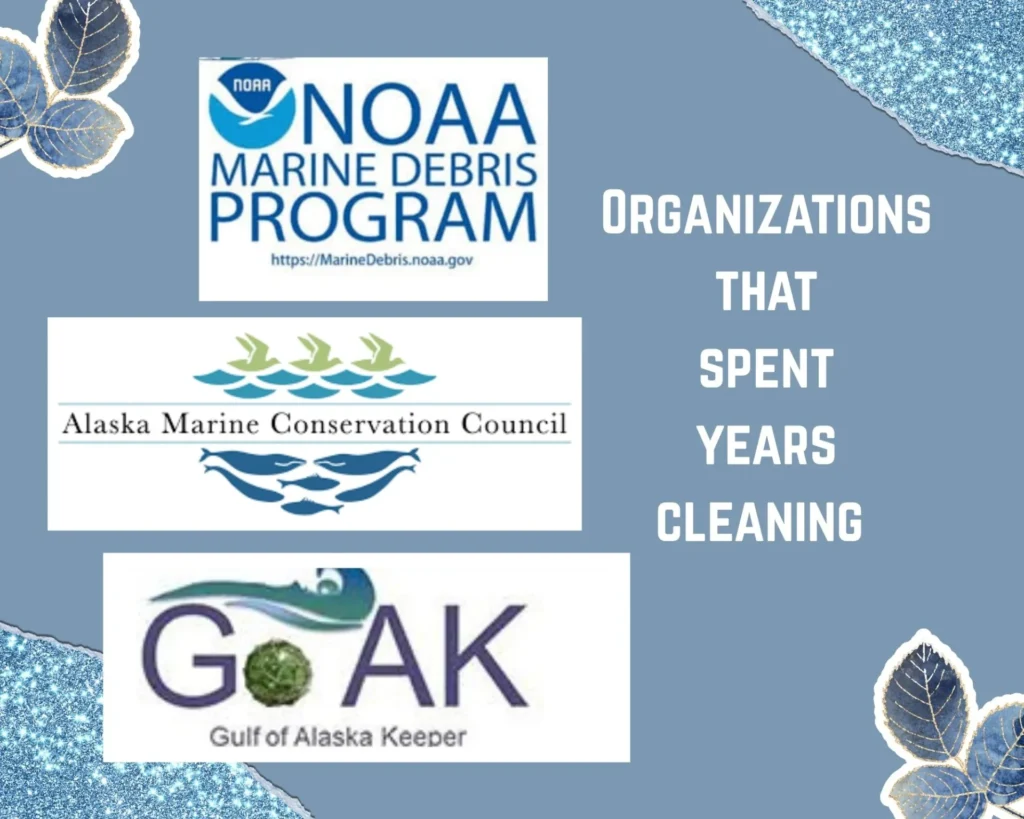
The Bigger Picture: Climate and Capitalism
At the heart of the issue is the world’s love affair with plastic and a culture of disposability. Combine that with climate change, rising sea traffic, and limited international waste regulation, and you’ve got a recipe for polluted paradise.
Plus, ghost fishing gear, nets lost at sea, make up nearly half the plastic mass in the ocean. These nets keep “fishing” forever, killing marine life even after the fishermen are gone.
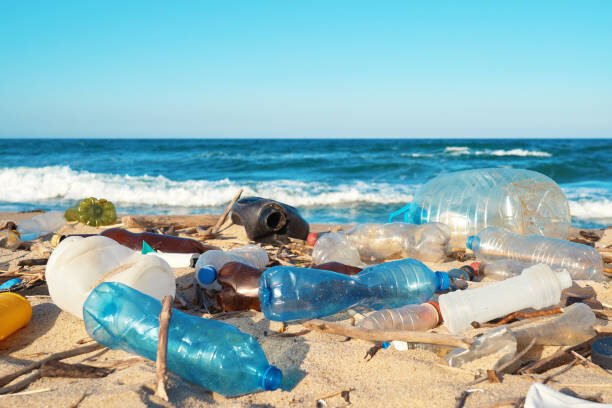
What Can Be Done?
- Use biodegradable fishing gear that breaks down if lost.
- Support local cleanup projects in Alaska or donate to organizations fighting marine debris.
- Reduce single-use plastic—the bottle you toss today could end up in Alaska years from now.
- Push for global agreements to stop plastic waste at the source, not just clean it up later.
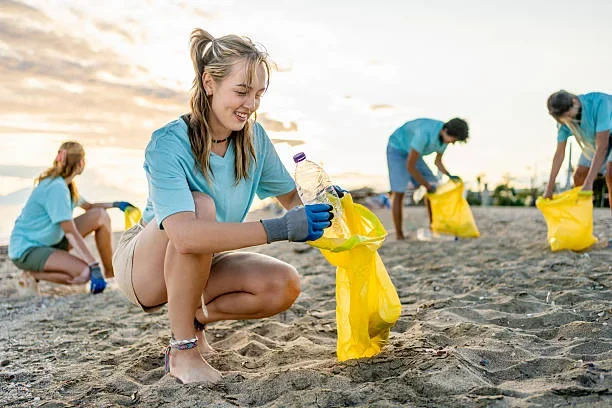
Final Thoughts
Alaska’s beauty is wild and breathtaking, but its beaches tell a different story, one of global carelessness and environmental urgency. Marine debris isn’t just Alaska’s problem. It’s everyone’s problem, reflected in every plastic bottle, every ghost net, and every bird that mistakes garbage for dinner. Because even at the edge of the world, the ocean remembers what we throw away.
